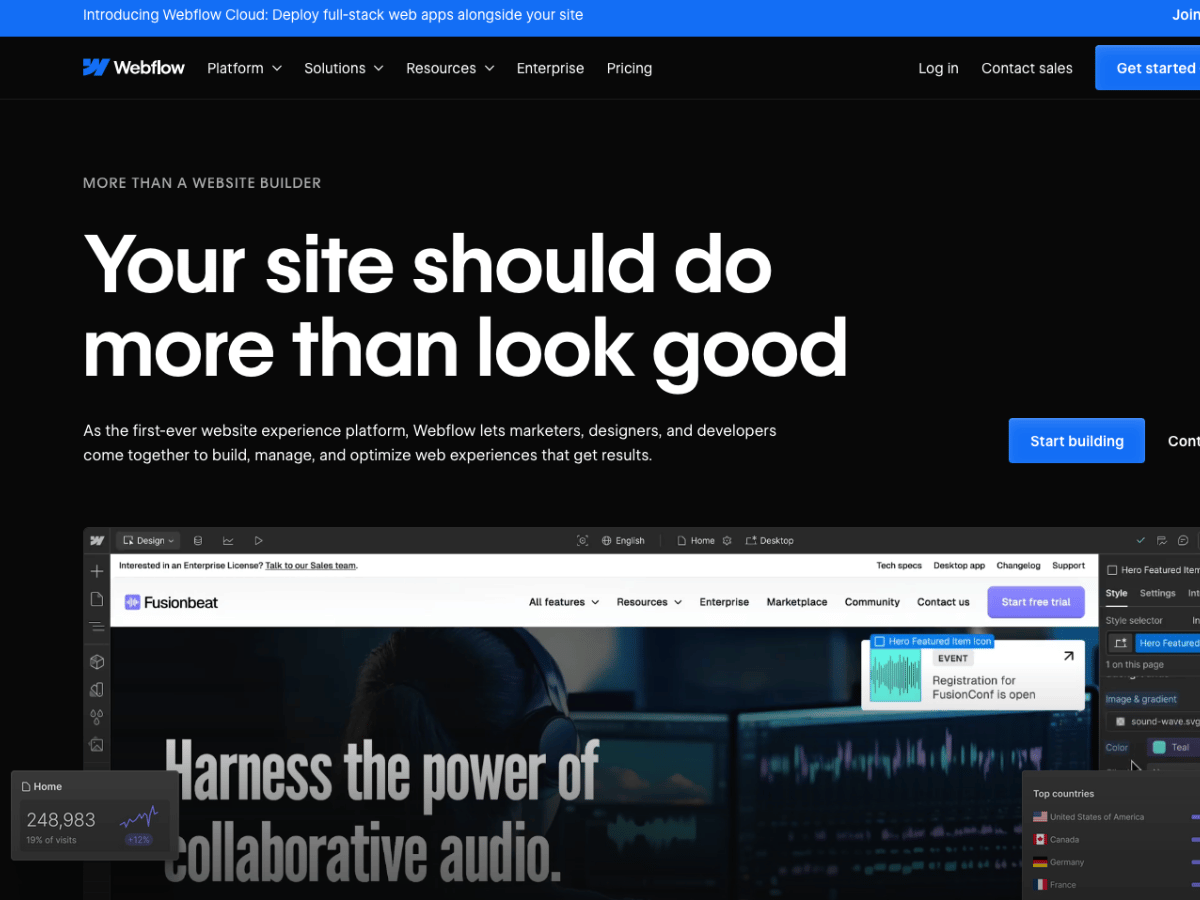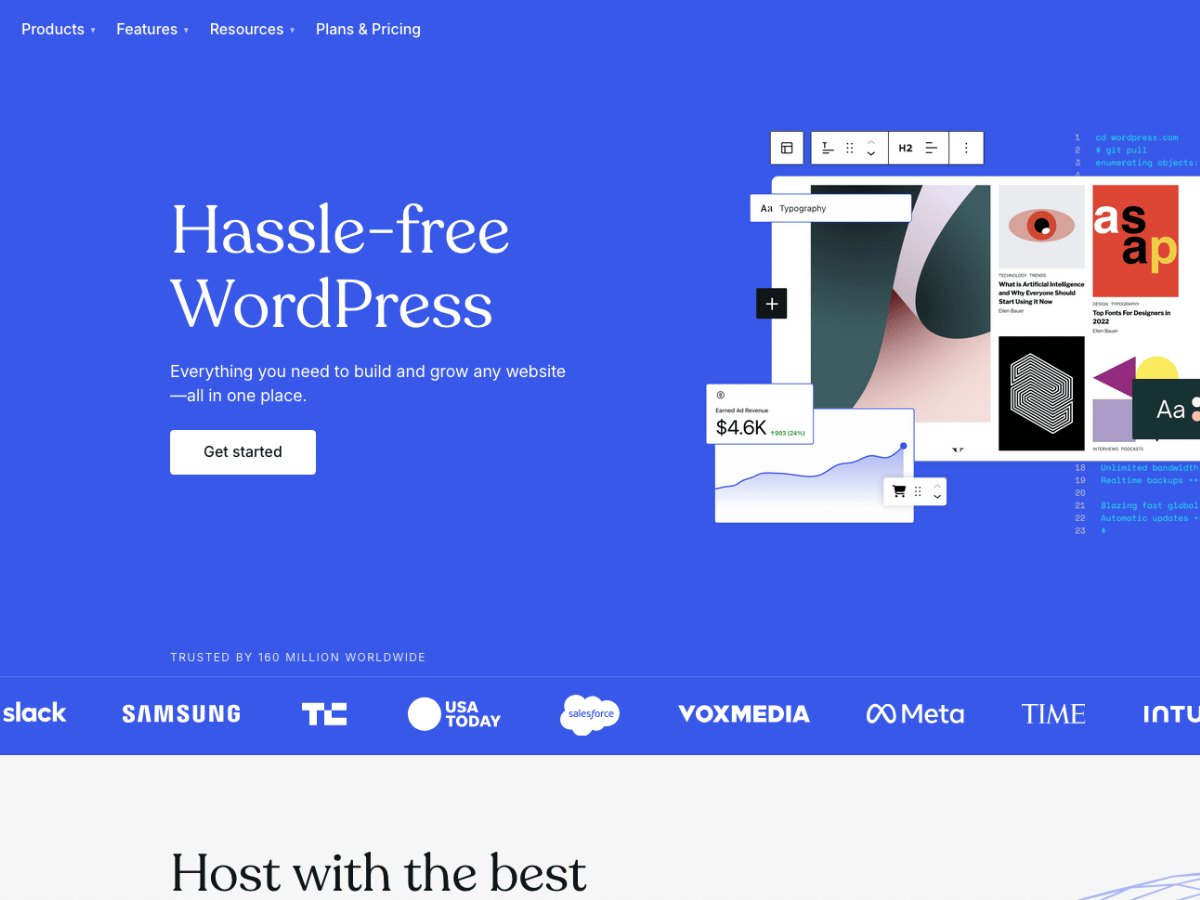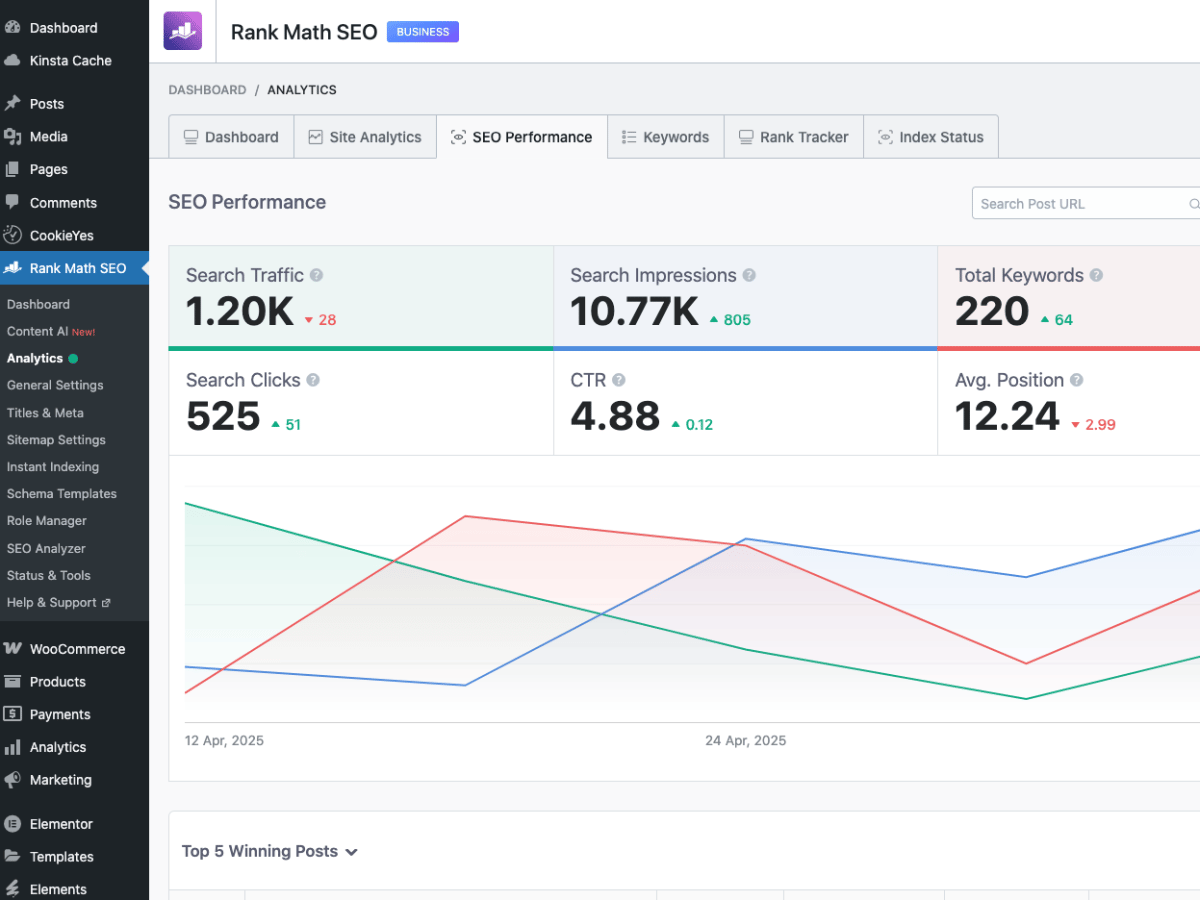If you’ve started your search for a website-building platform, you’ve no doubt heard about these 2 two major players: Webflow and WordPress. Both platforms are hugely popular but cater to slightly different audiences.
Webflow is often hailed as a modern tool built for designers, blending the simplicity of a no-code builder with the power of customisation. On the flip side, WordPress is a veteran in the website-building world, offering unmatched flexibility for developers willing to put in the effort.
But which one is better for your needs? Whether you’re a small business owner, a web designer, or a marketer looking to create a stunning online presence, this in-depth comparison will help you decide.

Webflow is designed with a more visual and intuitive approach, making it an excellent choice for designers. Its drag-and-drop interface allows you to build highly customised websites without needing to write a single line of code. However, the platform does come with a learning curve, particularly if you’re new to web design concepts such as CSS and box models. Once you get the hang of it, though, Webflow becomes a designer-friendly powerhouse.
– Intuitive drag-and-drop interface.
– Pre-built templates for quick starts.
– Built-in hosting eliminates setup complexity.
WordPress offers two options: WordPress.com (a more turnkey solution) and WordPress.org (self-hosted with complete control). WordPress relies heavily on themes and plugins, offering newcomers a relatively easy way to set up their site. However, if you need deep customisation, you’ll likely need coding skills or help from a developer.

– Thousands of ready-to-install themes.
– Extensive plugin library for additional functionality.
– Tutorials and forums available for support.
Verdict: Webflow offers better ease of use for non-developers with a flair for design, while WordPress leans more developer-heavy but easier for pre-designed themes.
Webflow’s hallmark feature is its design flexibility. It allows for pixel-perfect designs that closely resemble what you’d achieve using tools like Adobe Photoshop. With the Designer tool, you can fully customise layouts, animations, and transitions. Additionally, Webflow automatically generates clean HTML and CSS code in the background, which means the sites look and perform well across devices.
– Full customisation down to the smallest detail.
– Advanced animations and interactions.
– No reliance on third-party themes.
WordPress offers vast design possibilities, but you’ll largely depend on pre-built themes unless you’re ready to write custom code. There are thousands of free and premium themes to choose from, catering to a wide range of niches. For greater customisation, users often turn to plugins like Elementor or Divi, which function as drag-and-drop page builders.
– Thousands of themes for quick design starts.
– Page builder plugins add drag-and-drop functionality.
Custom development is possible with expertise.
Verdict: For professionals seeking total creative freedom, Webflow is the better choice. WordPress offers good design flexibility but relies on themes and plugins.
Webflow comes with robust built-in SEO tools, allowing users to optimise their sites without needing extra plugins. Features like meta tags, alt text for images, and structured data are easy to implement. The platform also ensures fast page loads, an important factor for search engine rankings.
– Clean, semantic code for better search engine crawling.
– Integrated options for creating meta titles and descriptions.
– Fast, reliable hosting boosts page speed.
WordPress doesn’t have built-in SEO tools, but its vast plugin library fills this gap. Tools like Yoast SEO and Rank Math make it a breeze to optimise your site’s searchability. However, site speed and hosting quality will depend on the provider you choose and the plugins in use.

– Extensive SEO plugins like Yoast and Rank Math.
– More control over advanced settings with coding expertise.
– Additional plugins for caching and reducing load times.
Verdict: Webflow includes integrated SEO features, making it beginner-friendly, but WordPress’s plugin choices provide more advanced SEO capabilities with the right setup.
Webflow offers e-commerce directly within its platform. It allows you to create visually stunning online stores equipped with custom checkout pages, shipping options, and integrations with payment methods like Stripe and PayPal. However, its e-commerce functionality, while robust, may not match the depth of dedicated e-commerce solutions like Shopify or WooCommerce.
– Seamlessly integrated e-commerce solution.
– Fully customisable storefronts.
– Visual control over design.
WordPress doesn’t include built-in e-commerce features but integrates perfectly with WooCommerce, the most popular e-commerce plugin. WooCommerce offers practically endless functionality for online stores, from inventory management to advanced shipping options. However, customisation often requires additional plugins or development expertise.
– Highly scalable, suitable for large online stores.
– Thousands of compatible extensions and add-ons.
– Full control over the shopping experience.
Verdict: For those seeking simplicity, Webflow’s e-commerce is better for small to mid-sized stores. WordPress with WooCommerce is the way to go for larger, complex stores.
Webflow offers several pricing tiers based on whether you need a personal site, business site, or e-commerce store. Plans start at $14 per month but can climb depending on customisation and hosting requirements.
WordPress itself is free, but you’ll need to pay for hosting, themes, and plugins. Hosting can range from $5 to $30+ per month. While WordPress appears cheaper upfront, costs can add up if premium plugins and themes are necessary.
Verdict: Webflow has transparent, all-inclusive pricing, while WordPress offers more flexibility but often includes hidden costs.
Pros:
Cons:
Pros:
Cons:
If you’re a web designer or small business owner prioritising design freedom, speed, and integrated features, Webflow is an excellent choice. It’s particularly suited to those who value aesthetics and ease of use.
On the other hand, if you’re a developer or marketer looking for a highly customisable platform with countless plugins, WordPress will meet your needs. It’s the better choice for large-scale websites or projects requiring complex functionality.
No matter which platform you choose, the most important step is getting started. Build your online presence today with the platform that best aligns with your goals and expertise.